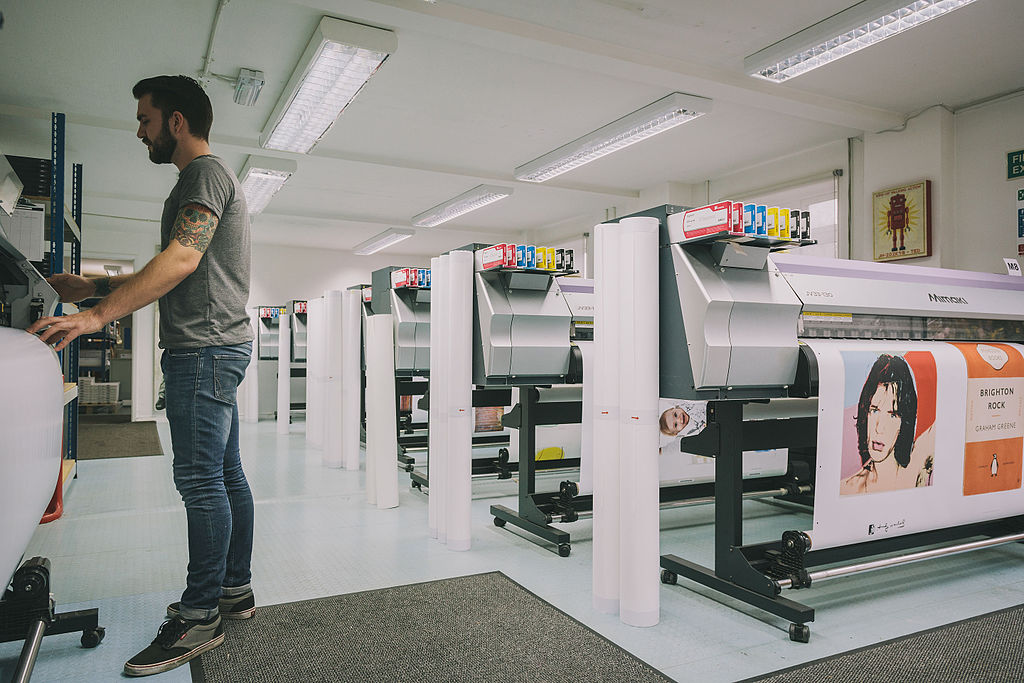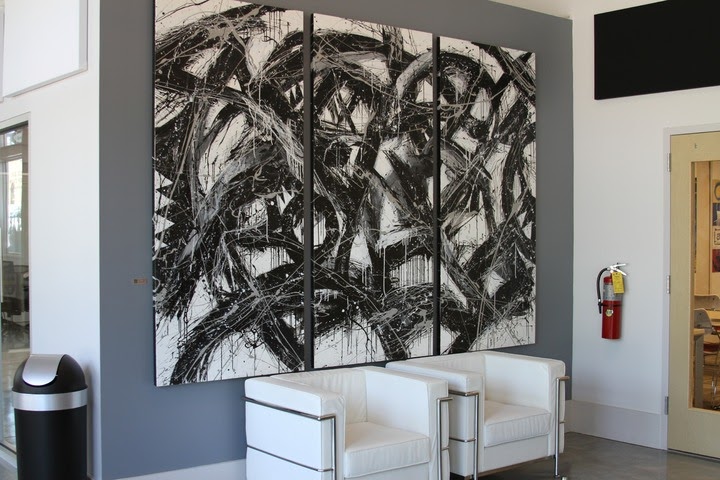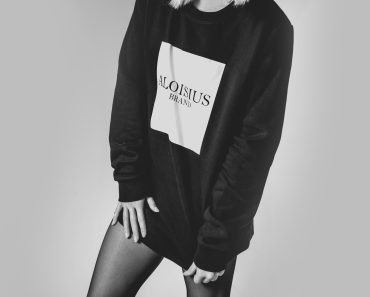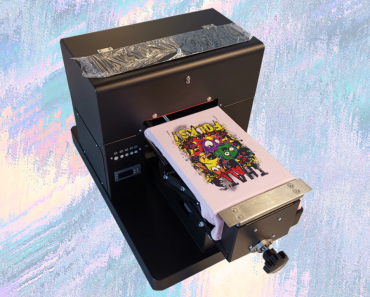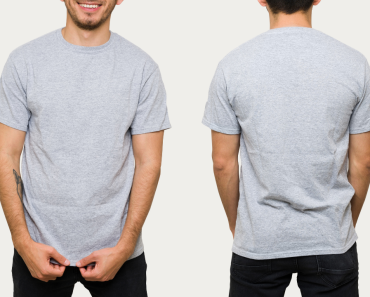Choosing between etching or engraving when it comes to buying customised signs can be a difficult decision.
This is especially true when many people will tell you that there is no difference between the two marking methods.
Guess what?
There are some core differences between engraved and etched signs:
While they are similar in their durability properties and each allows for characters and designs to be raised or recessed on the material, that’s where the similarities end.
Difference #1 – The Marking Methods
Engraving and etching can each produce aesthetically similar results, but there are differences between the two marking methods. Engraved signs are created using gravers, while etched signs are created using mordants (corrosive liquids).
As the manufacturing methods are different, the materials you can choose for your sign differ depending on whether you opt for an etched or engraved design.
If you want your sign manufactured from alternative materials, such as stone, glass, plastic or wood, as opposed to metal, you will have to choose the engraving marking method.
This is due to the fact that etching is possible on metal, while almost any material can be engraved providing it’s hard enough for gravers to crave out your design. If you are considering choosing a metal sign, engraved markings are an option.
Difference #2 – The Design Options
To begin with, etched sign designs can be incredibly intricate and the lines produced are always crisp and clean. Sign designs with really fine lines and details, such as scrollwork and portrait designs, can be effortlessly achieved using the etching marking method.
Some people might argue that etched signs are fuzzier than engraved signs, and that can prove true depending on the skills of the artisan and the type of engraving machine used.
Laser engraving machines are capable of producing some of the finest engraving work on the planet. This is because laser beams enable high precision cutting and CAD (computer-aided design) programs can be used with such machines.
Wedding rings, for example, are typically engraved using machines. Renowned marriage celebrant Fiona King says, “Many jewellers offer on-site machine-engraving for wedding bands. If the inscription is simple enough, it can be accurately inscribed on your ring using a computer template. However, complex or personal designs would need to be hand-engraved by an experienced artisan.”
That said, there are other limitations when it comes to using laser engraving machines. There are, for example, many materials that can’t be used with laser engraving machines due to various reasons.
Some plastics and metals materials can’t be marked using a laser engraving machine for important reasons. For instance, some types of plastics emit toxic gases when in contact with a hot laser, making it too dangerous to use laser engraving machines on them. Kevlar is an example of a material that is not very compatible with laser engraving machines. While the material can be marked using a laser engraver, the process produces hydrogen cyanide gas. To engrave kevlar with a laser machine safety, and constant ventilation would be required and the deadly fumes would need to be dispersed responsibly.
Difference #3 – Ability to Work With Metal
When it comes to metal signs, etching is still your best option, as many engraving machines don’t work well with certain types of metal.
To use a laser engraving machine on metal, for example, the metal would need to have a special coating. Alternatively, the laser engraving machines would have to be set at short wavelengths to create nameplates on ordinary metals. As a consequence, many opt for etched metal versions.
According to interior designer Gary Hamer, “old masters have been known to use etching as a printmaking technique since the 15th century. These days, etching is still popular for building signs and steel products, where fine detail is achieved with laser machines.”
Remember, one of the great things about etched designs is that it is possible to replicate some incredibly intricate designs. Your custom metal signs don’t only have to consist of letters, numbers, and symbols in standardised font faces. Portraits and detailed logos can be etched onto metal with incredibly high resolutions.

